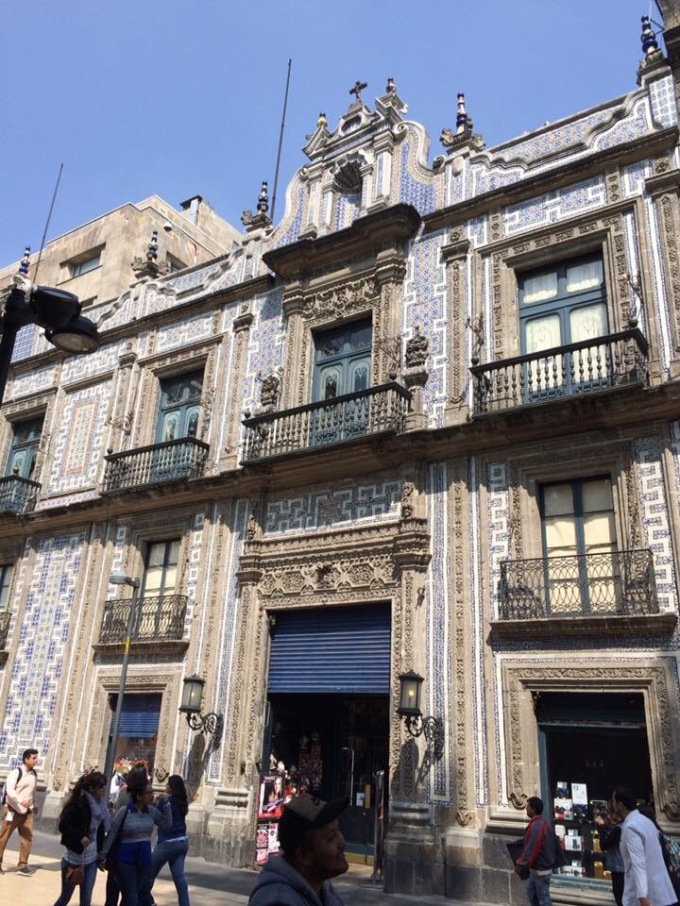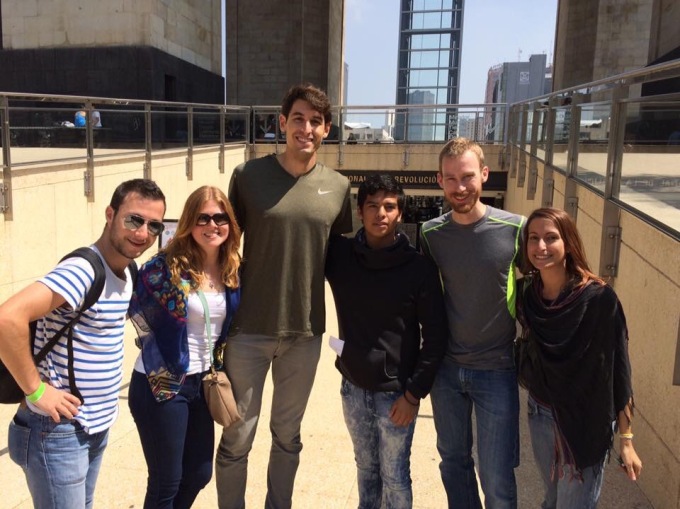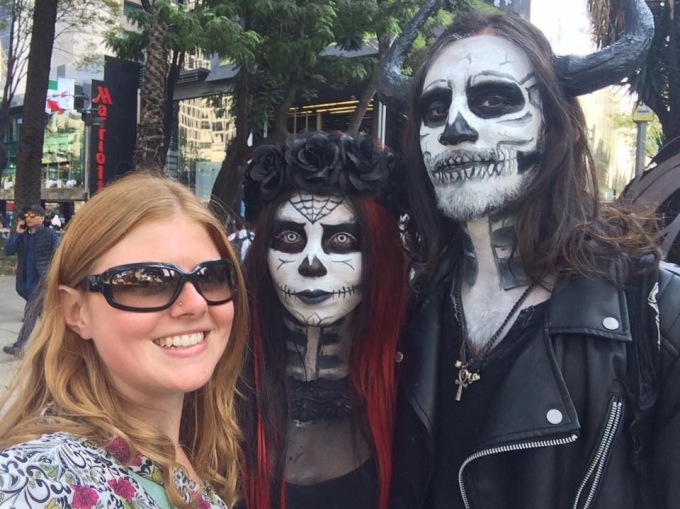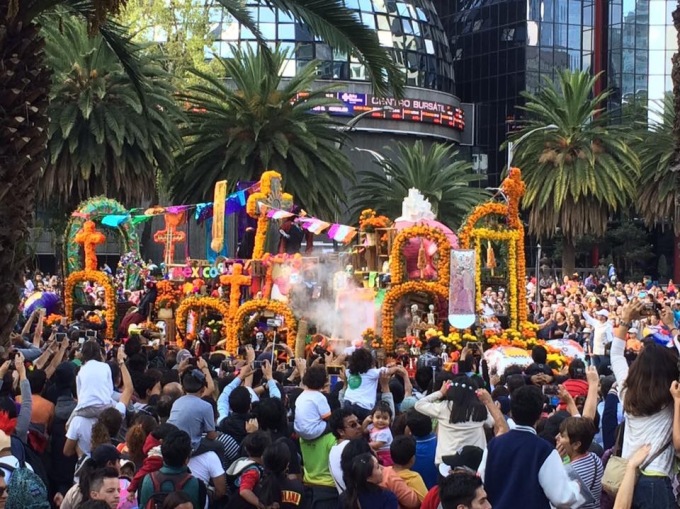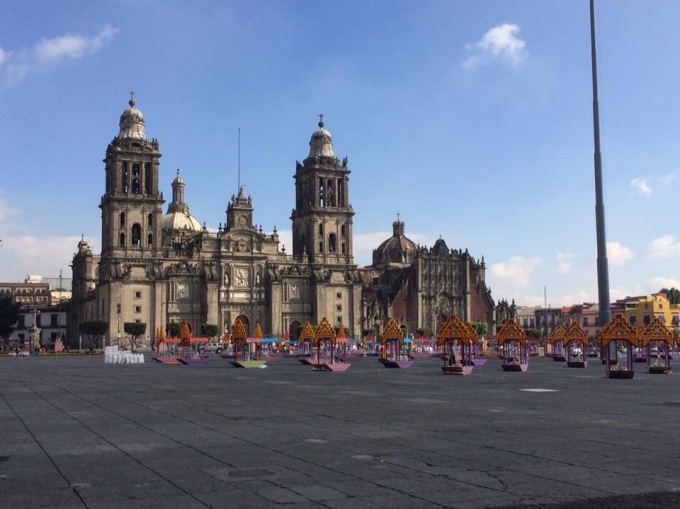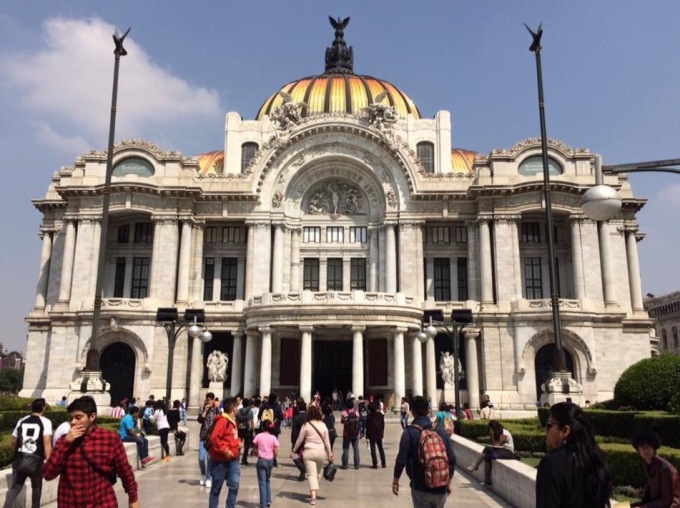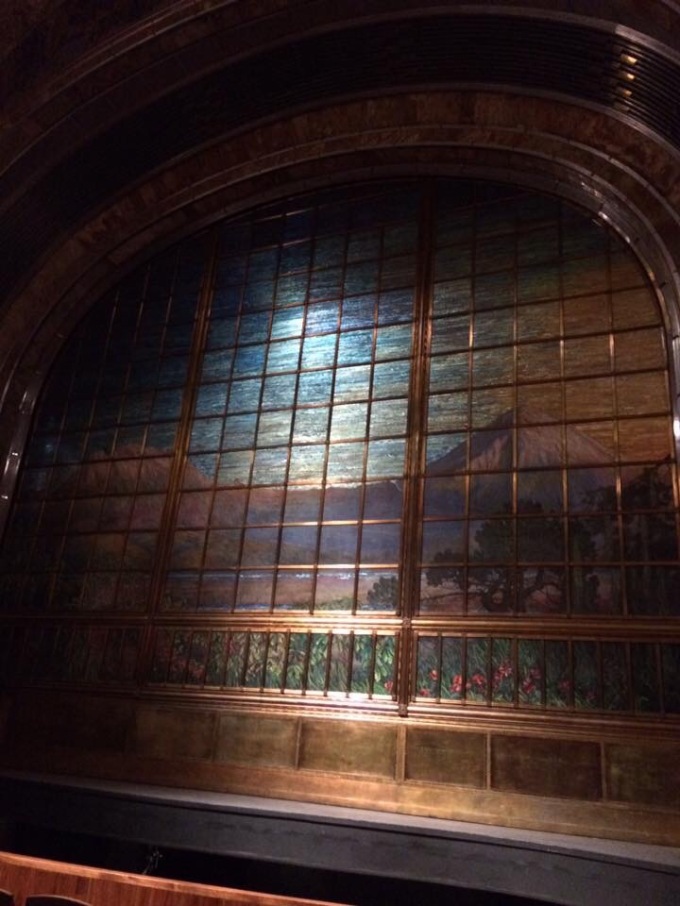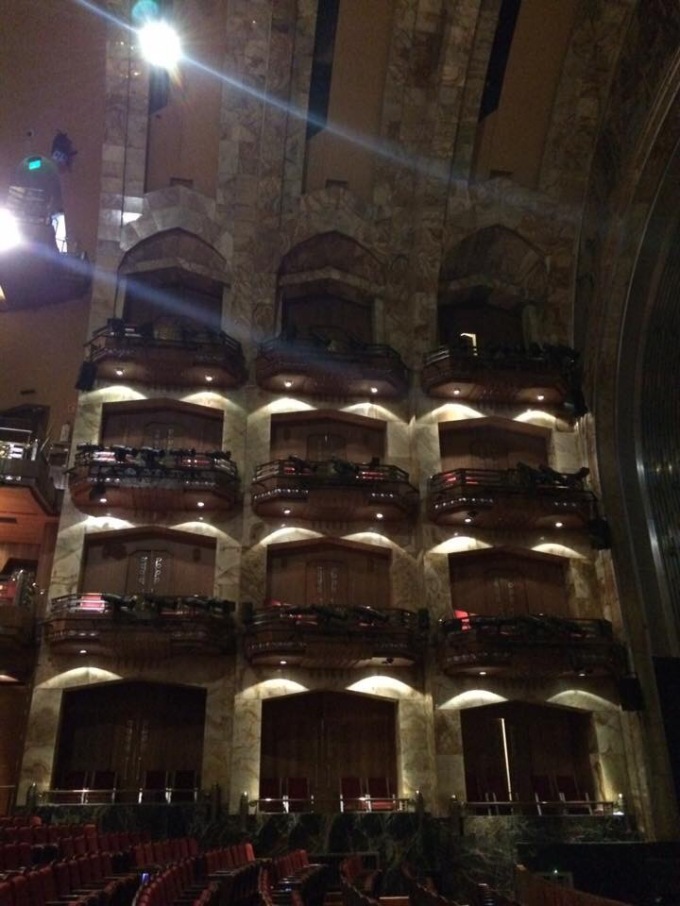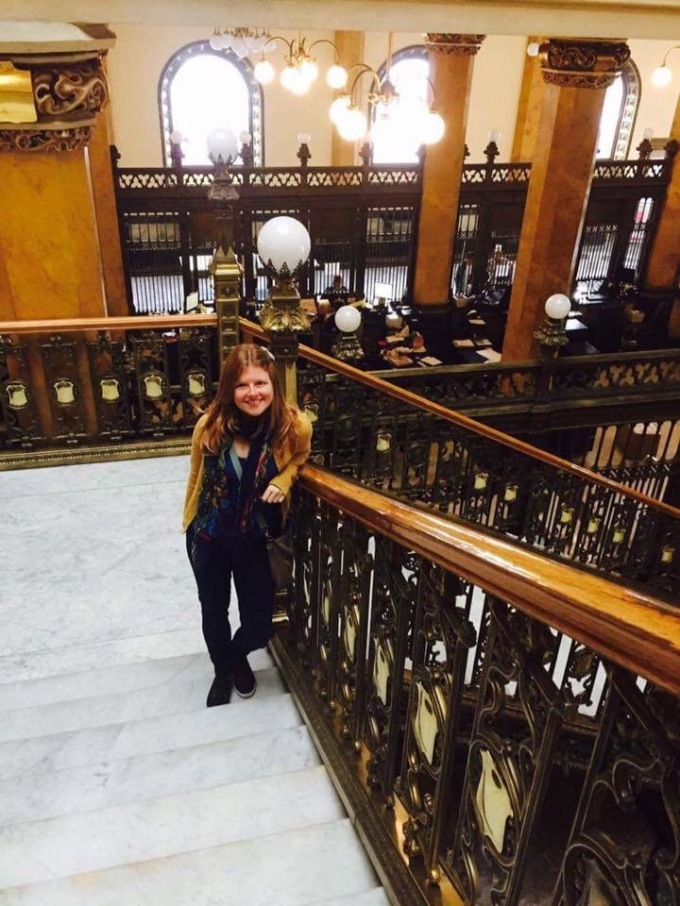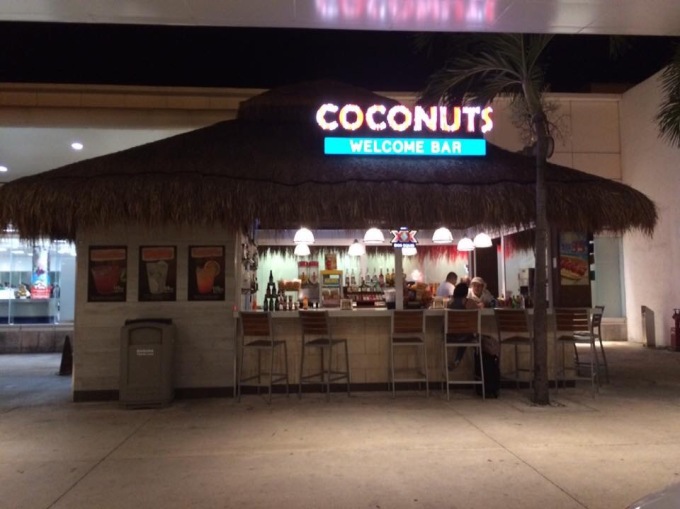As the shuttle bus from the Mexican border rattled down a myriad unpaved roads, I could already see that the people of Guatemala are hard-workers with a clear understanding of what it means to relax. Every house we passed had a plot of well-tended farmland and at least one hammock swinging in the porch. To me, this is symbolic of perfect life balance, something that we can’t quite grasp in the UK. I am guilty of this. I could learn a thing or two from the Latin American lifestyle, and fully intend to give it a go when I return home. My friends will no doubt laugh at this statement. The word ‘relax’ is a crinkly burn hole in my personal dictionary.
I loved the drive between the Frontera Corozal border and Flores. First of all, the bizarre crossing involved stamping out of Mexico on one side of the Usumacinta River, crossing the body of water by boat, then taking a twenty minute bus journey to a little house in the middle of nowhere and stamping into Guatemala. The immigration building looked like an oversized outhouse. Not to mention that the twenty minutes it took us to get there meant we were kind of in no-mans-land type territory. It was also the most hassle-free border crossing I’ve ever encountered. We took a bathroom break and exchanged our Pesos for Quetzals while an array of ducklings, dogs and cats roamed around our feet.
Onwards, the bus jumped and hopped about the road, past fields of brightly dressed Guatemalans tending their crops, carrying bulging fresh vegetable baskets on their heads. This is a land where chickens roam free and the odd peacock may sprint across the road. Groups of children stared at our white faces as we blurred by, knowing that we were different, excited by the exotic.
Content to be travelling with warm air whipping through the open windows, I could feel the dust settling in my matted curls. I dozed and reminisced of my time in South-East Asia, just for a moment, before waking up and returning to this new continent I was ready to explore.
So there I was, just passing through Guatemala; a quick two day stint. Ridiculous, I know. So I can’t really give you much detail about the country itself, but I can tell you that you should definitely go to Tikal. It isn’t one of the new Seven World Wonders like Chichén Itzá (see Mexico post #2), but it is one hundred percent worth visiting. It is a Mayan ruin in the middle of the jungle. Why wouldn’t you want to explore somewhere that boasts magical misty mornings and the sightings of monkeys?
I’ll start with the boring bits. When you get to Flores or Santa Elena, a lot of tour companies try to sell you the ‘sunrise’ and ‘sunset’ tours. They cost around twenty bucks for transport and a guide, but that does not include your entrance fees into the park. That will set you back another thirty-three bucks. It very much depends on the time of year as to whether it’s worth doing the sunrise or sunset, because if the sky is dull and clouds are abundant, there won’t be either phenomenon for you to enjoy.
The day I went, I spent thirty-three US dollars on transport, tour guide and entrance fee. I got to the park at six in the morning and the guide took us around until about ten-thirty. After the tour we were given the freedom to walk around the park with several shuttle options back to Flores. This, in my opinion, is the best deal. I would have been completely wasting my money if I’d booked the sunrise tour, because the dense fog completely hindered any view of the promised pretty reds and yellows that are advertised at every corner in Flores.
The highlight of Tikal is walking up the very convenient wooden staircase to the top of sixty-four metre high Templo IV. We did this around seven-thirty in the morning and were greeted with a heavy mist-cloud that hid the entire site. Staring peacefully into the white abyss, I started hearing gasps and murmurs from the rest of the tour group. The cloud was dispersing and the wonders of Tikal emerged in slow-motion, like a blooming flower on a crisp spring morning. I watched as Templo I, II and III revealed themselves, peaking out above the jungle canopy. The Mayans certainly knew how to create breathtaking views of their sacred spaces. We stayed atop that temple until the clouds – the mystical dew of the canopy – completely disappeared and all that could be seen was the perfect partnership of unruly forest and crumbling ruins.
 View of Templo I, II and III from Templo IV
View of Templo I, II and III from Templo IV
Besides those wow moments when you go to world famous ancient sites, there are often little exciting wildlife surprises that crop up, for example, when exploring the small-scale ruins of Tulum in Mexico, I came across a number of wild sunbathing iguanas, which, for someone who has always wanted her own cold-blooded critter, was a creature comfort bonus. But what I saw in Tikal was actually spine tinglingly, stomach churningly, (disclaimer – I made this word up. But it fits, and I like it) disgusting. I give you, the wild king of the eight legged world:
Yep. My insides screwed up like a discarded Coke can. I simply cannot comprehend why this group of people would want to hold that fuzzy black… thing. I feel sick as I am writing this paragraph. So I am done.
On the plus side, Tikal’s jungle is also home to mischievous monkeys that are prime entertainment while you prop yourself against a tree and relax with your lunch.
Behind Templo II
If you intend to visit the ruins, you should stay on the pretty idyllic island of Flores. Don’t worry, you don’t have to think about getting a boat to an island with your twenty kilo backpack, you can just hop on a tuktuk from the bus station and ride across the bridge from the mainland. Simple.
If you’re on a budget, like my backpacker wallet, don’t fret. There’s a couple of hostels on the island that are super affordable. Just don’t expect hot water at Yaxha. There is a sign in the bathroom that says the water is heated by the shower head. It isn’t. In fact, don’t expect hot water in Central America. Full stop. Oh apart from Costa Rica, you might be lucky there.
Flores is a small island that you can stroll around in roughly twenty to thirty minutes. If you make your way to the West, you can buy a colourful plate of salads, salsas and tortillas for as little as ten quetzals (the equivalent of one pound) and a massive slab of homemade cake for the same price. You can then sit on the steps, listen to the water lapping against the shore and the soft clunk of the moored boats against the wall. If you’re lucky, and the weather is playing fair, you will witness the sky as it transcends from blue, to orange, to a black canvas of stars.
At six o’ clock the following morning, I left Guatemala and continued towards the island of Utila in Honduras. Everyone I have spoken to on the other side of those two magical days, has said that I’ve missed way too much. What a shame, I will just have to come back.
This post was written to the buzz of backpacker conversations in a hostel in Granada, Nicaragua.

























